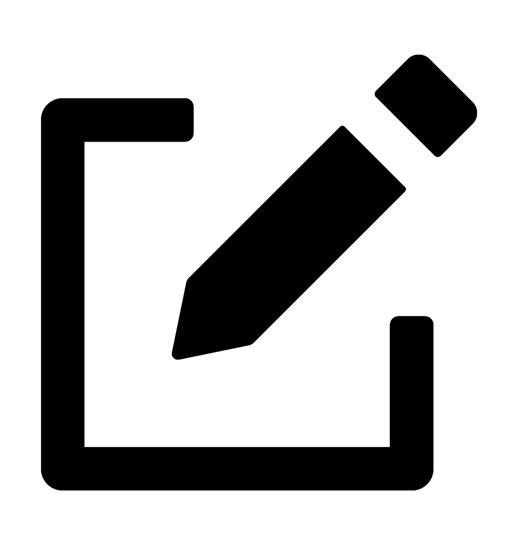
A final dimension to the paperwork handled by a paralegal is the editing and proofreading. It goes without saying that the paralegal must edit and proofread his or her own work. He or she may also be called upon to edit attorneys' work and to proofread the work of the secretarial staff. Much of the editing and proofreading are done in the office. Occasionally, a paralegal may be sent directly to the printers to check out minutes of an important executive board meeting or a prospectus or other offering hot off the press. This type of assignment tends to be highly pressurized and to involve an all- nighter. The detail-minded paralegal who is willing to tackle such an assignment is well compensated for the extra effort.
The remainder of the proofreading task is more mechanical. It includes checking for misspellings; word repetition; word omission; transpositions of words, letters, or numbers; and accuracy of names, addresses, and all numbers.
Here are some considerations for you to consider as you proofread:
- Scan the text for correctness of style and format, and for eye- appeal.
- Double-check the spelling of names; verify initials and ad dresses; ascertain accuracy of numbers.
- Check the continuity of numbered pages and of the numbered and lettered paragraphs or lists.
- Pay attention to prepositions that can vastly alter meaning.
- Do not rely solely on a computer spell checker. The spell checker can only spot gross errors; it does not distinguish between "pair," "pare," and "pear"; it does not know whether you meant to use the past tense or a plural.
When you proofread for your own benefit, you can mark up the page in any manner that is comprehensible to you. When you proofread for others in the office, you must follow some universal conventions but you can append clarifying notes and expand in plain English. Furthermore, you are available for consultation with your fellow workers in the office. However, when you edit or proofread material that is to be sent to typesetters or material that has come from the typesetter and is to be returned for correction, you must carefully follow rules for marking up proof. Following proofreaders' stylesheets is important when you are working on the printer's premises as well. Under time pressure it is most efficient to follow conventions.
If you are marking up a typescript with only one wide margin, you must use that one margin for all your proofreading marks. However, if you are marking printed material with ample margins on both sides, the system of marking proofs can be made easier by the use of an imaginary vertical line through the center of the type area. The placement of corrections in the left-hand margin for those errors found in the left-hand portion of the proof and in the right-hand margin for right-side errors prevents overcrowding of marks and facilitates corrections.



